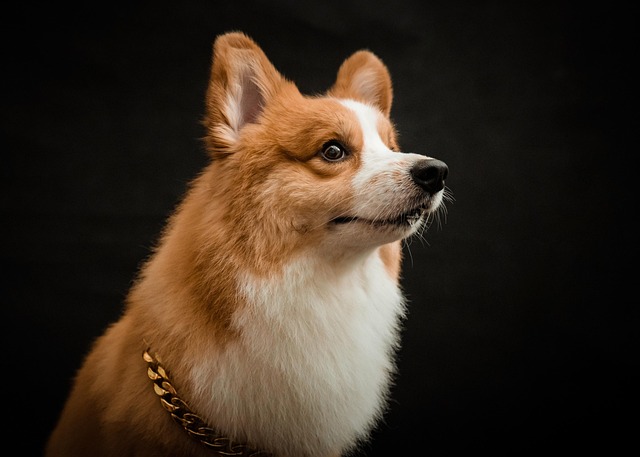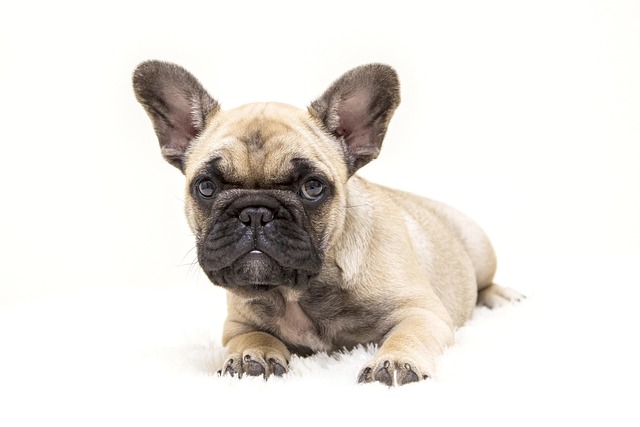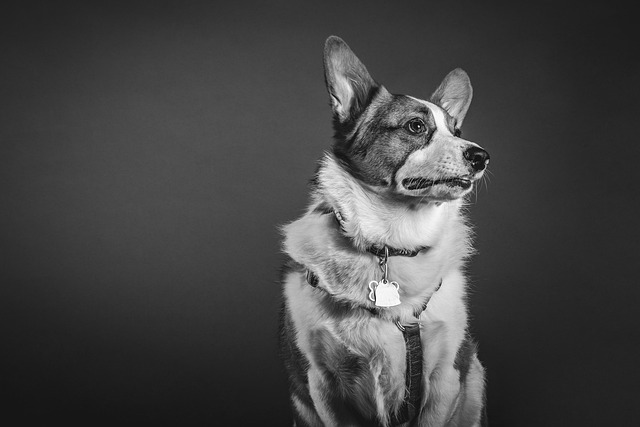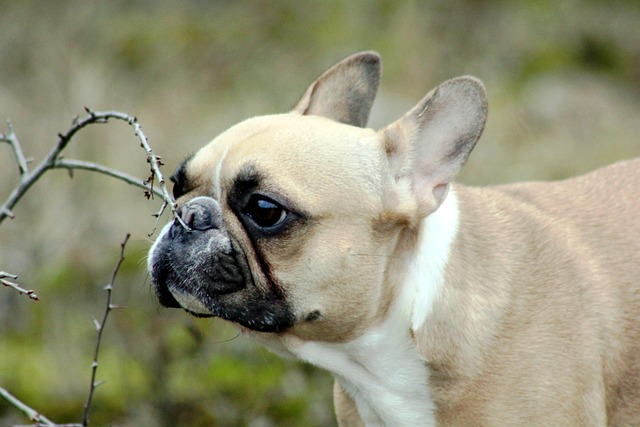
How to calm down an aggressive dog?
Seeing your dog growl, snarl, or bare their teeth can send a chill down your spine. Aggression isn’t just scary—it’s a cry for help from your furry friend.
Many new dog owners find themselves searching for answers about the hardest dog to toilet train, hoping to avoid frustration and messy mishaps. The truth is, some breeds do present more of a challenge when it comes to toilet training, but the reasons are more nuanced than most people imagine. Behavioral traits, intelligence, and breed-specific characteristics all play a role in shaping a dog’s ability to pick up new habits, but the environment, consistency, and owner’s approach matter just as much—if not more.
It’s easy to blame toilet training difficulties on a dog’s breed, especially when stories about stubborn Dachshunds or notoriously independent Afghan Hounds circulate in dog parks and online forums. Many small breeds, such as Chihuahuas, Pekingese, or Bichon Frises, are frequently cited as the hardest dog to toilet train. Their reputation stems from their strong-willed personalities, smaller bladders, and sometimes a reluctance to go outside in cold or wet weather. Yet, intelligence does not always equate to easy training; in fact, many intelligent breeds, like the Jack Russell Terrier, may challenge their owners simply because they get bored with routine or try to outsmart their humans. Additionally, some breeds were developed for roles that encouraged independence, which can translate to a less eager-to-please attitude during toilet training sessions.
However, it’s important to debunk the myth that certain breeds are doomed to fail at toilet training. Labeling a breed as the hardest dog to toilet train oversimplifies the issue and can lead to bias during the training process. Every dog is an individual, and even within breeds known for being toilet training difficult dog breeds, there’s a spectrum of personalities and learning styles. Relying solely on breed stereotypes ignores the impact of early socialization, the dog’s unique temperament, and the household environment. What tends to make the biggest difference is not the breed itself but how owners adapt their approach when faced with challenges. Owners who adjust their expectations and tailor their techniques often see much better results, regardless of their dog’s breed.
Applying behavioral science dog training principles can dramatically shift the outcome when toilet training a stubborn dog. Dogs learn through association, repetition, and positive reinforcement. Understanding your dog’s natural instincts and breed-specific tendencies allows you to anticipate potential roadblocks and create a customized plan. For example, breeds with a high prey drive may be easily distracted outdoors, needing a quieter, less stimulating toilet spot. Toy breeds, often cited as the hardest dog to toilet train, might benefit from indoor potty pads as an interim step, especially in apartment living or during harsh winters. Consistency is crucial—dogs thrive when routines are predictable. Using cues, rewarding desired behaviors immediately, and maintaining patience are proven techniques rooted in the science of canine learning. Importantly, punishment or scolding tends to backfire, particularly with sensitive or independent breeds, eroding trust and slowing progress.
Practical strategies tailored to specific breeds can make all the difference. For notoriously stubborn breeds like the Dachshund or French Bulldog, crate training paired with frequent, scheduled bathroom breaks helps reduce accidents and reinforces positive habits. With small dogs such as the Maltese or Shih Tzu, owners can use breed-specific dog toilet training tips, like keeping them warm and comfortable outdoors and using highly desirable treats as motivation. For highly intelligent but easily bored breeds, such as the Border Collie, varying the routine and introducing scent markers can keep their interest engaged. When learning how to toilet train stubborn dogs, keeping detailed notes on your dog’s routines and triggers can reveal useful patterns—such as a preference for certain surfaces or times of day. For all breeds, immediate praise and high-value rewards remain the cornerstone of effective toilet training. Studies from veterinary behavioral journals suggest that dogs trained with positive reinforcement are both faster and more reliable in developing toilet habits than those trained with punishment-based methods.
Ultimately, the question of the hardest dog to toilet train has no simple answer. What matters most is recognizing the individuality of your dog and the power of a well-informed, adaptive approach. Owners who combine behavioral science, breed-specific insights, and patience often find toilet training becomes less of a battle and more of a bonding experience. With the right strategies and a willingness to adjust your methods, even the most challenging breeds can become reliably house-trained. Remember, consistency and kindness are your best allies—by investing time in understanding your dog’s unique needs, you set the stage for long-term success and a happier life together.

Seeing your dog growl, snarl, or bare their teeth can send a chill down your spine. Aggression isn’t just scary—it’s a cry for help from your furry friend.

You’ve just brought home a fluffy 8-week-old puppy, and within minutes, they’ve had an accident on your brand - new rug.

Toilet training your dog varies widely by breed, age, and temperament. Patience, consistency, and tailored routines unlock success—no one-size-fits-all timeline here.

Ever noticed your normally friendly Labrador suddenly growling when you try to take away their food, or a Pomeranian snapping during playtime? This isn't just 'bad behavior'—it's conflict aggression, a survival mechanism gone awry.

Master puppy nighttime potty training by balancing their needs and your sleep. Learn when to take breaks, how to plan, and keep training stress-free for both.

Watching your dog growl,lunge,or snap at others can feel like a punch in the gut.It's natural to want to solve the problem on your own—after all,who knows your furry friend better than you?But training an aggressive dog isn't like teaching basic commands.